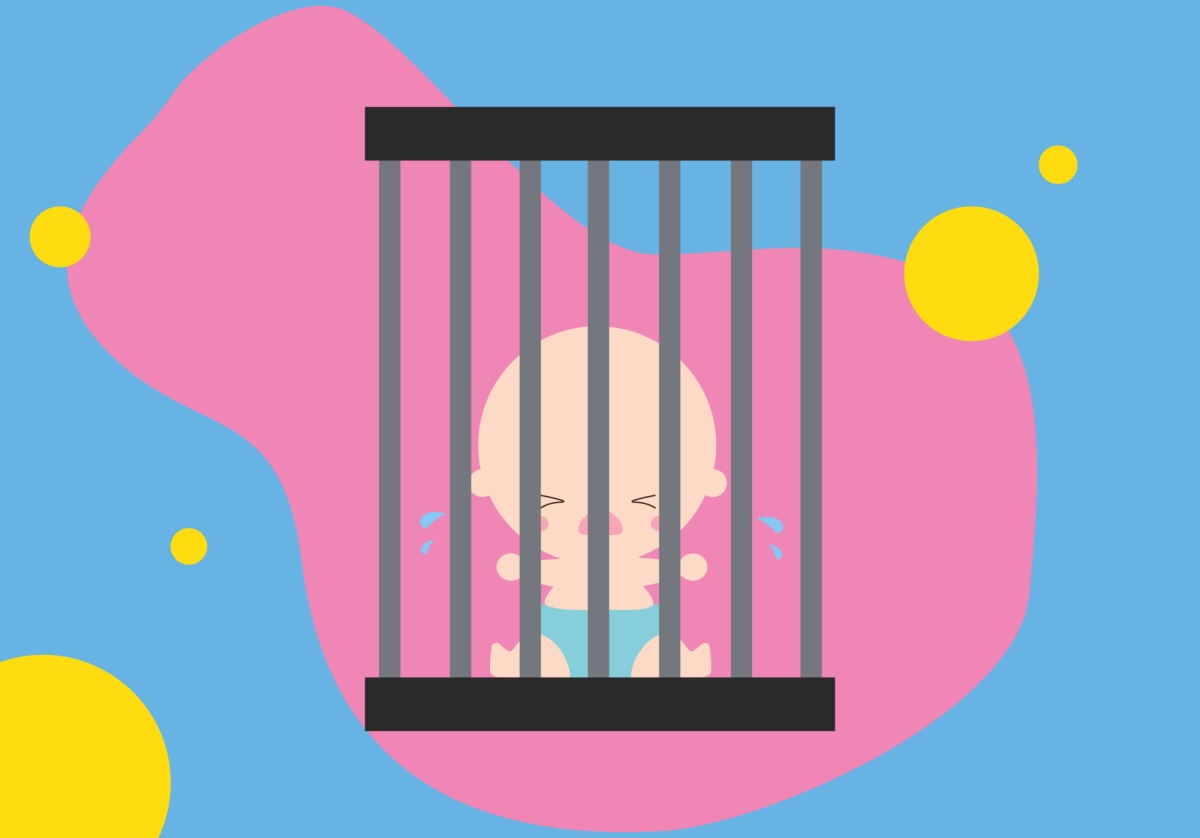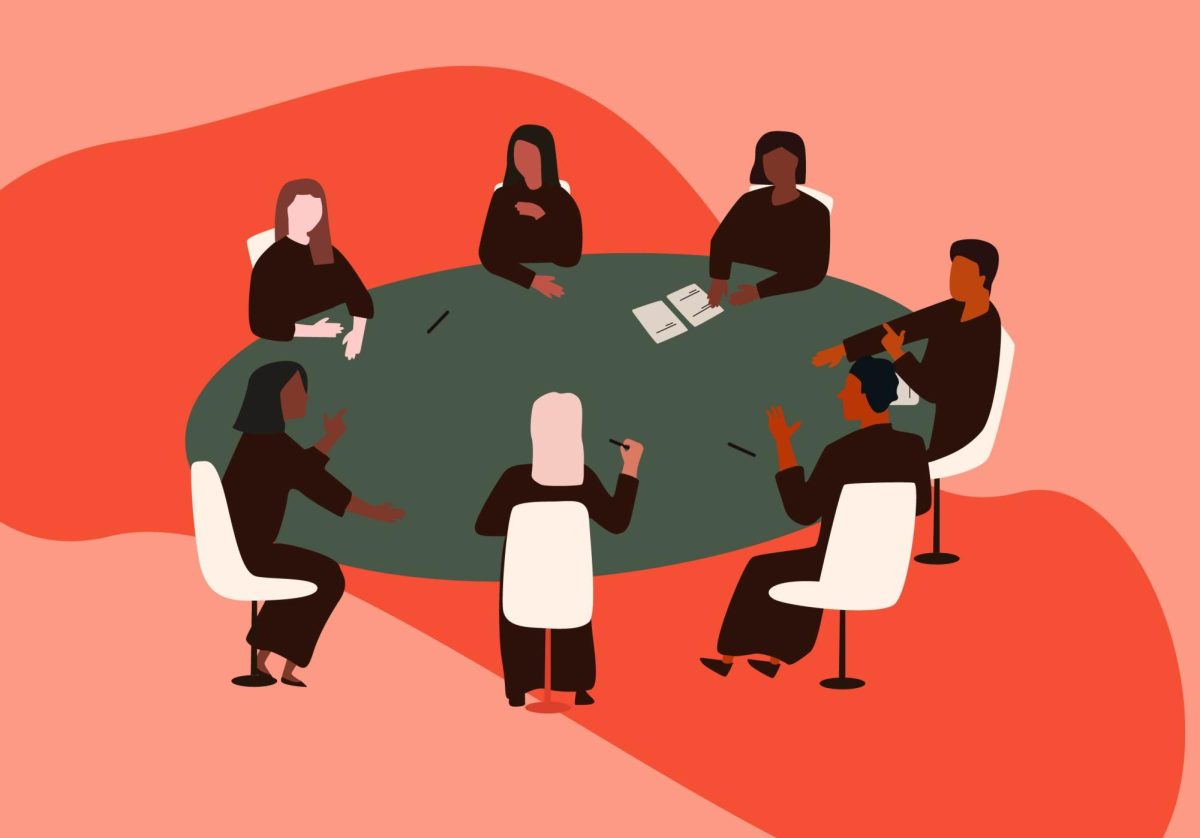Every action has a consequence. That’s the basic concept when it comes to addressing immoral behavior. If a child draws on the walls, they get their screen time taken away. If a student talks back to the teacher, they get sent to the principal’s office.
When actions are labeled criminal, the consequences become much more severe.
The American criminal justice system has faced criticism at every level for issues ranging from racial disparities and harsh sentencing to overcrowded prisons and inadequate rehabilitation efforts. The first instinct is to punish rather than to look into what’s really driving the motives.
No one is born a criminal, but a complex interplay of environmental, social and personal factors can influence one’s path and choices throughout life. Unfortunately, that’s not how the criminal justice system sees it.
At the ripe age of 10, I was aware that children could be punished under the law. I don’t know how or why people in my grade were talking about what causes a person to be sent to juvie, but it was a discussion I remember well. I had never been more scared of stepping out of line than I had then. If I had known children could be sent to adult prison, I don’t think I would’ve left my house.
In Minnesota, the juvenile court can decide that a child over the age of 14 can be tried in adult court based on the offense or past criminal actions. If they are 16 years old and have committed first-degree murder, a child may be charged and convicted in adult court without going through the juvenile court’s certification process, regardless of the child’s previous record.
Research has shown no positive impacts when it comes to trying juveniles as adults.
Youth who are prosecuted in the adult system are 34% more likely to recidivate, and with more violent offenses, compared to those handled by the juvenile system. People under the age of 18 are much more likely to be sexually assaulted than older inmates. Youth detained in adult prisons are roughly five times more likely to die by suicide compared to their peers held in juvenile detention centers.
Incarcerating children alongside adults can deprive them of essential programs and services like basic and specialized education or crucial treatment and counseling, hindering their opportunities for healthy development.
Despite all of these harrowing statistics, Minnesota still has the age set at 14.
Changing the age limit is not an impossible task. Connecticut, Illinois, Massachusetts and New Hampshire have added 17-year-olds to their youth eligibility for juvenile courts. Fewer youths have been incarcerated in all four states over the period studied.
When it is clear that the solution of putting children in prison doesn’t work, the hesitancy to adopt alternative methods is even more confusing.
“I think the hesitancy is [how] our culture understands crime and punishment,” said Cynthia Prosek, the executive director at Restorative Justice Community Action.
Instead of using retributive justice, it’s time for restorative justice. Restorative justice emphasizes repairing the harm caused or revealed by criminal behavior.
“Restorative [justice] is really about the whole person, it’s not just about the negative event,” Prosek said.
People see criminal activities through a black-and-white lens. It is easy to dismiss a person’s actions as evil, rather than uncovering the root of the issue and working through it. No one wants to wait and see if different methods can work because they view the risk as higher than the reward.
The restorative justice process provides a space for all parties to participate in dissecting the implications and effects of a person’s actions in a respectful manner. Accountability is a key part of that process, but this is dependent on whether the person who committed the crime accepts their part and voluntarily chooses to be a part of the restorative method.
“It’s about creating relationships and meaningful accountability. So it empowers the referred participant, in this case, youths, to be in charge of their own change,” Prosek said
The system is broken, it’s time to fix it. Children have no place in adult prisons and taking the step to eliminate that possibility is the first thing that needs to be done when thinking about how to change such a flawed system.






















